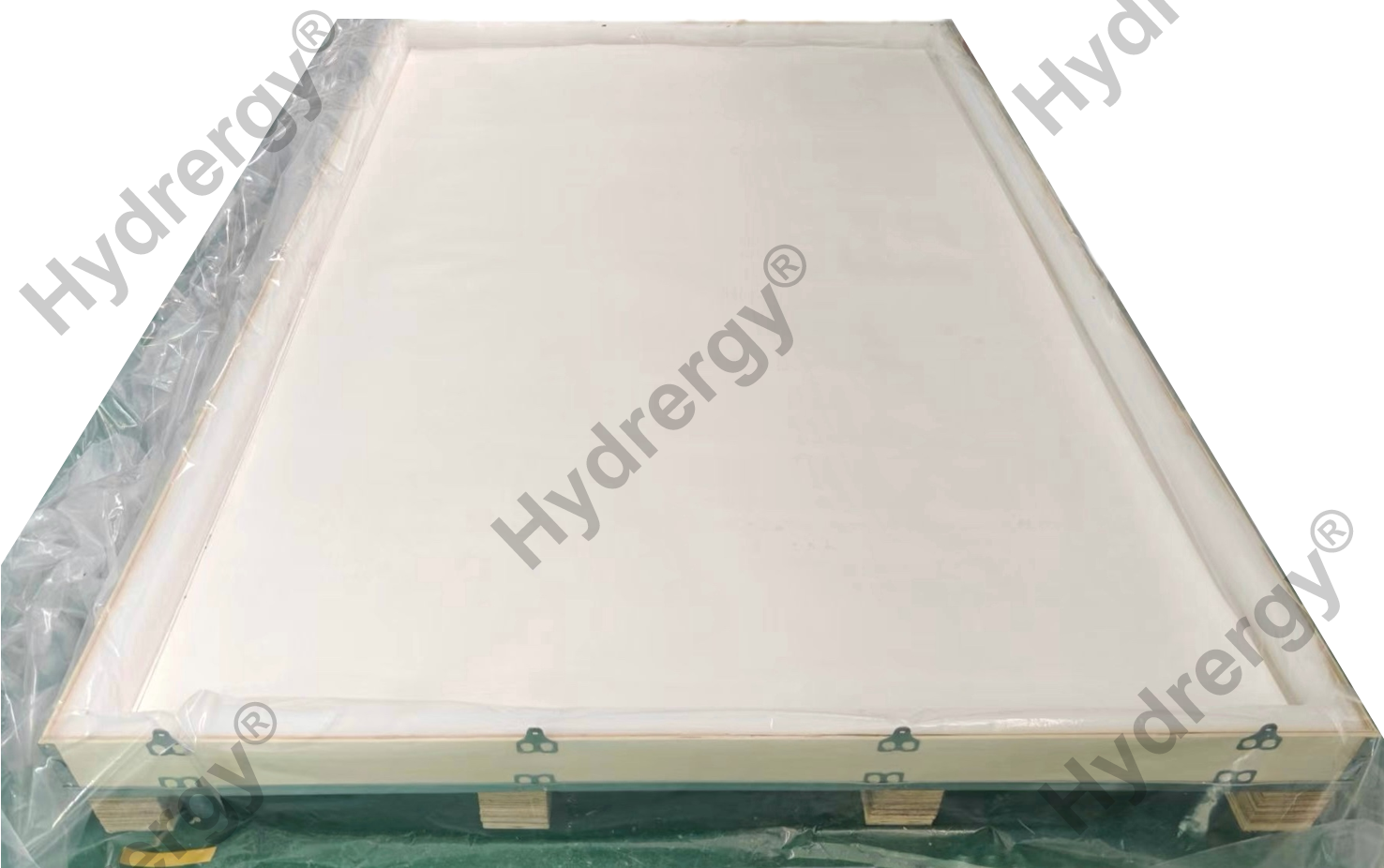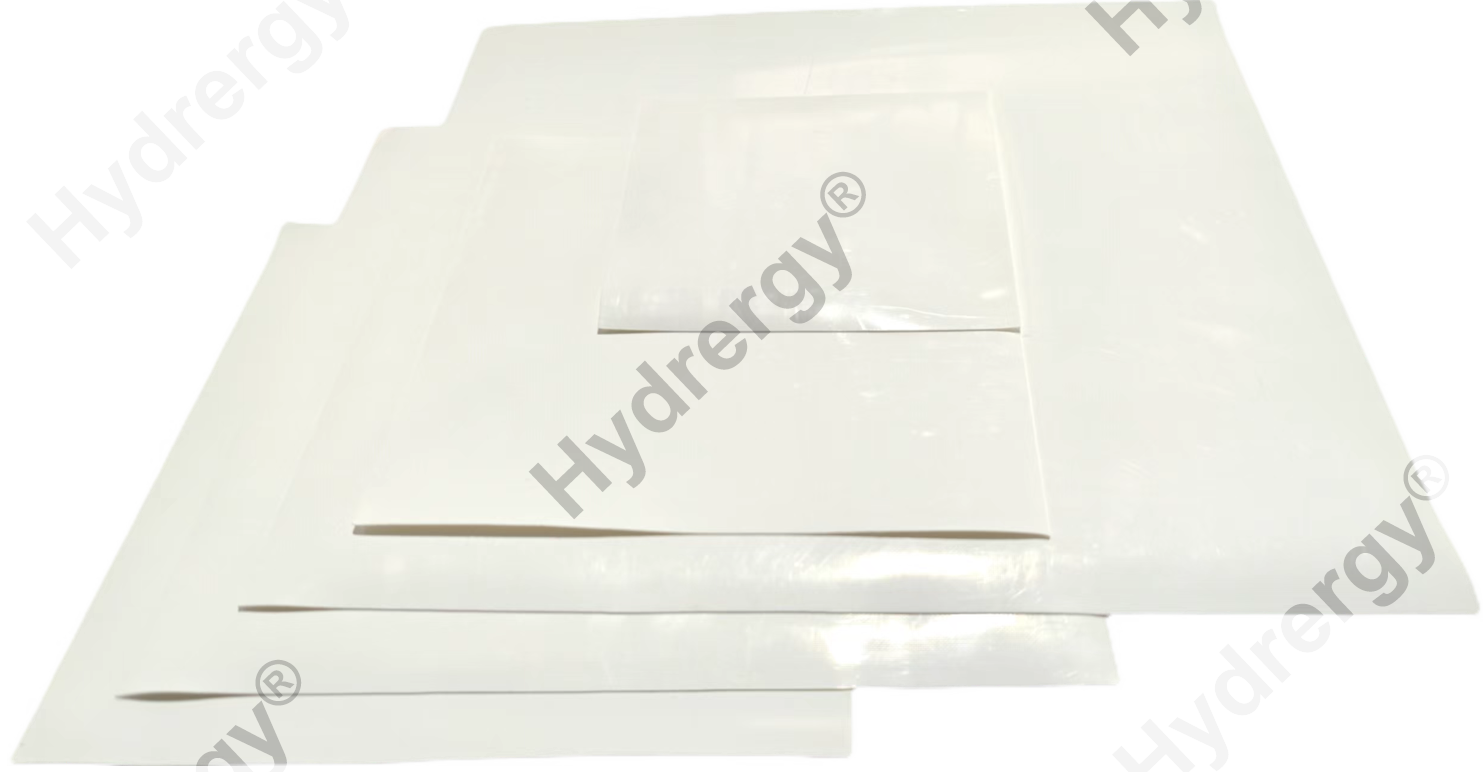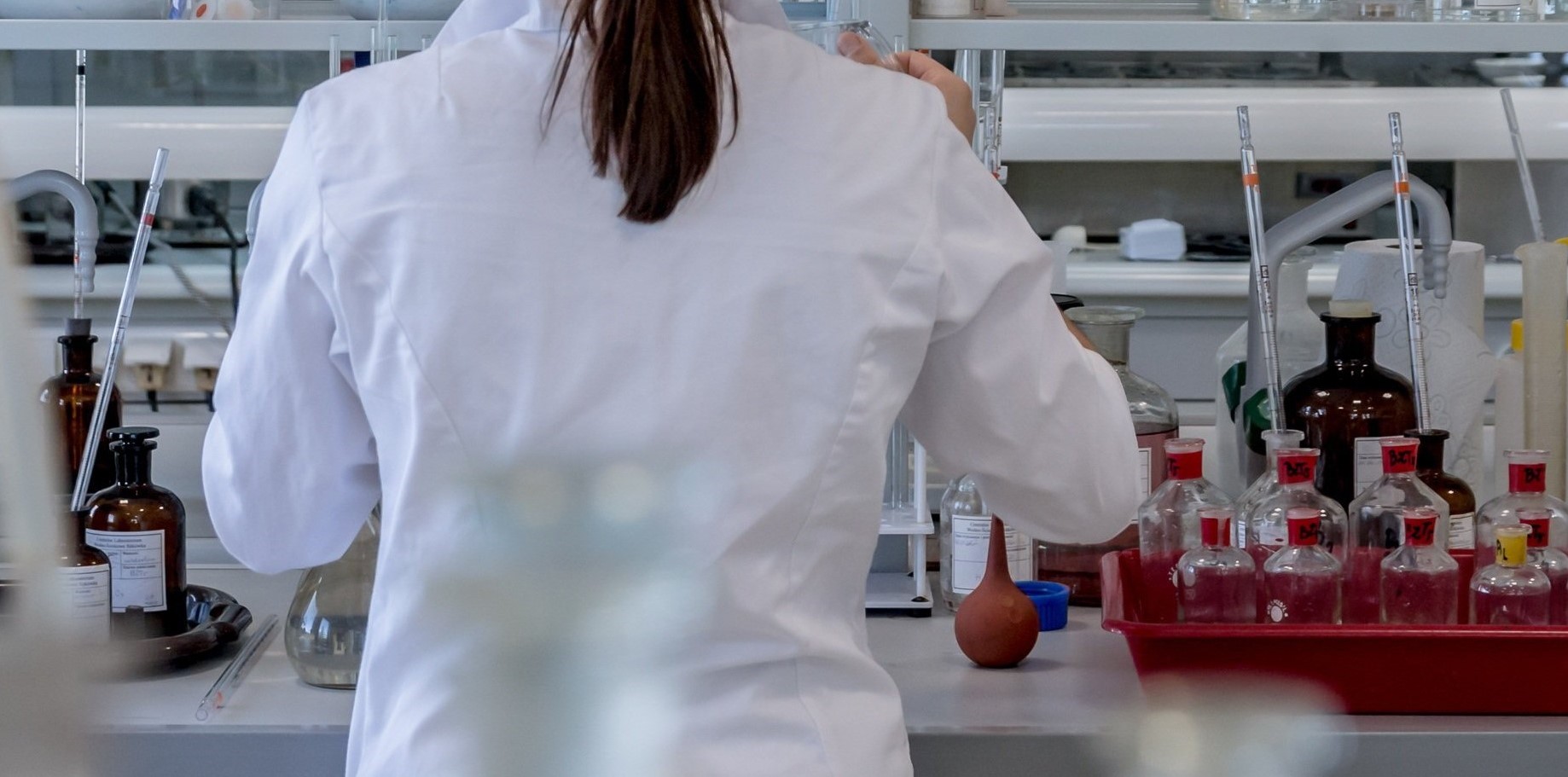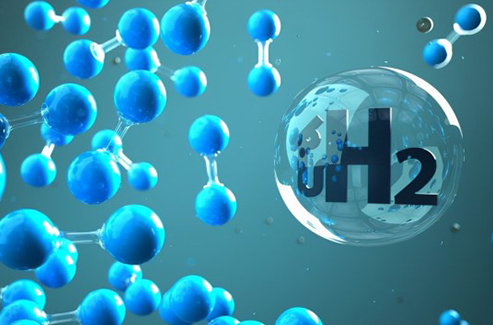 简体中文
简体中文
Why Must Be Composite Membrane for Alkaline Water Electroyzer adapting to the fluctuating wind and solar power
The use of composite membranes in alkaline electrolyzers for fluctuating wind and solar power is crucial for balancing performance and safety. Here's our analysis:
Why Traditional Diaphragms Fall Short
Wind and solar power are unstable, causing electrolyzer operating parameters (like current density and pressure) to fluctuate. Traditional diaphragms (e.g., PPS) struggle in this dynamic environment:
· Poor Gas Tightness: Their large pore size can lead to hydrogen-oxygen mixing and safety risks when pressure changes.
· High Internal Resistance: Weak hydrophilicity increases energy consumption and slows response to power fluctuations.
Advantages of Composite Membranes
Composite membranes, with their multi-layer structure, are designed to handle these challenges:
1. Enhanced Hydrophilicity and Lower Resistance: Coatings improve hydrophilicity, allowing ions to pass more efficiently, reducing resistance and energy loss, and enabling quicker response to power changes.
2. Improved Low-Gas-Permeability and Safety: The multi-layer design prevents gas mixing, crucial for safe operation during power fluctuations and pressure changes.
3. Balanced Mechanical and Chemical Stability: The base (like PPS fabric) provides strength, while coatings boost chemical resistance, ensuring durability during frequent starts and stops.

Photos of the composite membrane, Hydrergy ZSM, cut to custom sizes and packaged.
When it comes to choosing the right composite membrane for your alkaline electrolyzer, Hydrergy ZSM stands out as a world-leading option. With superior hydrophilicity, lower resistance, and outstanding gas tightness, Hydrergy ZSM has gained global recognition and has already secured bulk orders. Its advanced technology and reliable performance make it an ideal choice for enhancing the efficiency and safety of your electrolyzer in fluctuating power conditions.
Safety and Performance Balance
Composite membranes strike a balance between safety and efficiency:
· Wide Power Range Safety: They maintain safety at both low and high power, crucial for fluctuating renewable energy.
· Quick Response and Flexibility: Lower resistance allows rapid adjustment to power changes, improving system efficiency and flexibility.
· Long-Term Stability: Chemical and mechanical stability ensures consistent performance over time, vital for large-scale hydrogen production.
The Philosophy Behind Technology Choice
The choice of composite membranes reflects a core logic of finding balance in complex conditions:
· Performance and Cost: Despite higher costs than traditional diaphragms, their performance justifies the expense, with costs decreasing as technology advances.
· Safety and Efficiency: They enhance efficiency without compromising safety, a key consideration for renewable energy applications.
· Technology and Application Match: Composite membranes are tailored for the demands of fluctuating power sources, improving system adaptability and guiding future technological evolution.
Conclusion
Composite membranes are essential for alkaline electrolyzers using fluctuating wind and solar power. They address the shortcomings of traditional diaphragms, ensuring efficient, safe operation, and exemplify the importance of balanced technology choices in complex systems.
 Why Must Be Composite Membrane for Alkaline Water Electroyze
Why Must Be Composite Membrane for Alkaline Water Electroyze
 Composite Membranes for Alkaline Water Electrolysis
Composite Membranes for Alkaline Water Electrolysis
 Natural Circulation vs. Forced Circulation in Alkaline Water
Natural Circulation vs. Forced Circulation in Alkaline Water
